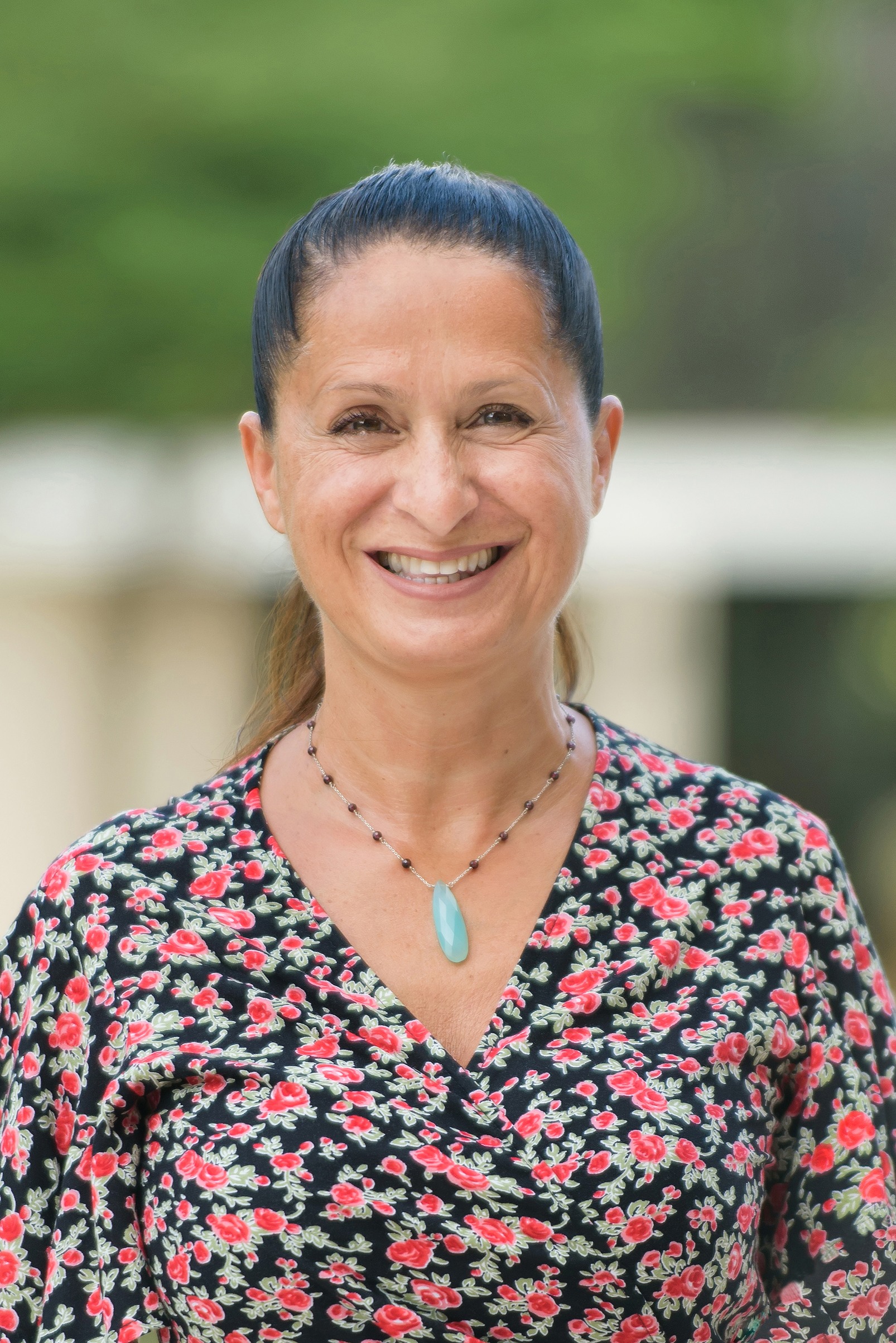Maria Montessori was one of the first advocates for mixed-age classrooms. In her own words: “The main thing is that the groups should contain different ages because it has great influence on the cultural development of the child. This is obtained by the relations of the children among themselves.”
In authentic Montessori classrooms, the mixed-age grouping is essential. More specifically, Montessori designed her classrooms with specific three-year bands of children whose developmental needs overlap and complement each other. (0-3, 3-6, 6-9, 9-12). Here are only some of the many advantages of the mixed-age classrooms:
1. Montessori students feel more able to be themselves, as individuals.
Why? Think about a traditional classroom of 6-year-olds. It’s clear to the children that they are all “the same”. And that engenders comparisons and competition. Imagine a child thinking: I am like you. We are doing the same thing at the same time. It’s natural for me to look at your work to see if your handwriting is better, or mine is better. The teacher is measuring student work against student work. The children are being graded, and understand that they are being compared. In a Montessori classroom there is much more variety of abilities in every academic area, and there is room for that. And the children spend more time focusing on themselves and their individual desires, and less time worrying about what others are doing.
2. Montessori teachers focus on the children as unique individuals, not as an ability group.
Teachers are truly able to focus on each child’s individual strengths. Every child brings strengths, talents, and personality, curiosities and natural abilities to their Montessori classroom. Our job is to draw on those – to foster passions and topics of interest, and to let the students reveal themselves as much as to offer lessons when they show themselves to be ready. Having multiple age groups only serves to bring out even more creativity and uniqueness as the children gain inspiration from their older peers.
3. Montessori students find greater academic achievement.
Psychologist, Lev Vygotsky, noticed that younger children can be inspired by watching older, more advanced students and also receive lessons from them. Older children also benefit from re-teaching because it reinforces the previously learned concept and moves the child toward complete mastery. In fact, this is a well-researched phenomenon officially known as the “protégé effect.”’ We know that the best way to concretize and solidify learning is by teaching a concept to another successfully. Montessori students do this all the time. Additionally, the materials offer such a clear understanding of abstract concepts, that our students find more lightbulb moments and “Aha’s” than traditional students. Learning becomes more embedded and concepts serve as building blocks that form a logical progression and a solid foundation for future learning.
4. Montessori students become less teacher-dependent and more self-sufficient.
The multi-age classroom promotes a 6-year-old looking to an 8-year-old to help with a math problem, or for students to ask each other questions before going to the teacher. With so many young “teachers” in the classroom, there is less focus on the adult as having the answers and more empowerment to seek out ideas and each other. Montessori teachers call themselves Guides because we encourage children to learn to ask the right questions, as opposed to giving all of the answers. We seek knowledge along with our students, modelling curiosity and fortitude. We don’t give up until we find the information, or get the right answer. When we make a mistake, it’s a chance to learn and fix it.

5. Montessori students get to work at their own pace.
Teachers understand that skills develop for every student at the same age and in the same way. A child may be quite advanced and already writing and reading at the age of four, another child might not start handwriting until they’re five. However, there is space for all children, regardless of age, to learn at their own pace, leading to academic success tailored to the student’s own readiness.
6. Montessori students can repeat lessons and therefore achieve greater mastery.
Every new skill requires practice. Montessori students not only use the same materials in preschool and later in primary grades to deepen a concept, but they are also very free and encouraged to choose the same work over and over. And as they watch each other at varying ages, their curiosity and desire to expand their knowledge builds. They may use a material like the geometric solids at age 3 to explore sensorially, but may use that same material at 4 or 5 classifications of flat-sided or round shapes with no flat sides, and then as they explode into reading at 5 or 6, might learn the names of the geometric solids – matching them, and finally writing the names; in essence, the materials grow with the students.

7. Montessori students achieve mentorship and leadership.
Montessori students who enter a classroom at 3 or 6 or 9 years old (in their first year of a 3-year cycle) have the advantage of encountering children in their classrooms who have “learned the ropes” and are ready to be their role models and mentors. But there are also so many opportunities to be leaders, at every age. Even the youngest children can be leaders, taking another child student under their wing who might be sad, regardless of their age, or helping a friend to mop or sweep. This constant mentorship really grows their developing sense of self-confidence and character.
8. Montessori students form strong attachments.
The three-year cycle in a Montessori classroom helps to create strong relationships. Teachers know their students deeply. The children bond in ways that cannot happen when classrooms are turning over every year. The social benefits of multiple years of community building cannot be underestimated.
9. Real World Experience.
For most of our lives we are not segmented by age; we spend our days with different people of varying ages, abilities, talents, etc. Being in a group of non-homogenous individuals offers Montessori students more of a true experience of being in the real world with lots of different people.
There are so many more advantages to learning in a Montessori mixed-age classroom. If you haven’t yet scheduled a classroom observation, ask your child’s teacher when it might be a good time to come take a look. It’s the best 20-30 minutes you will spend!


























